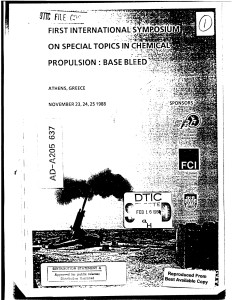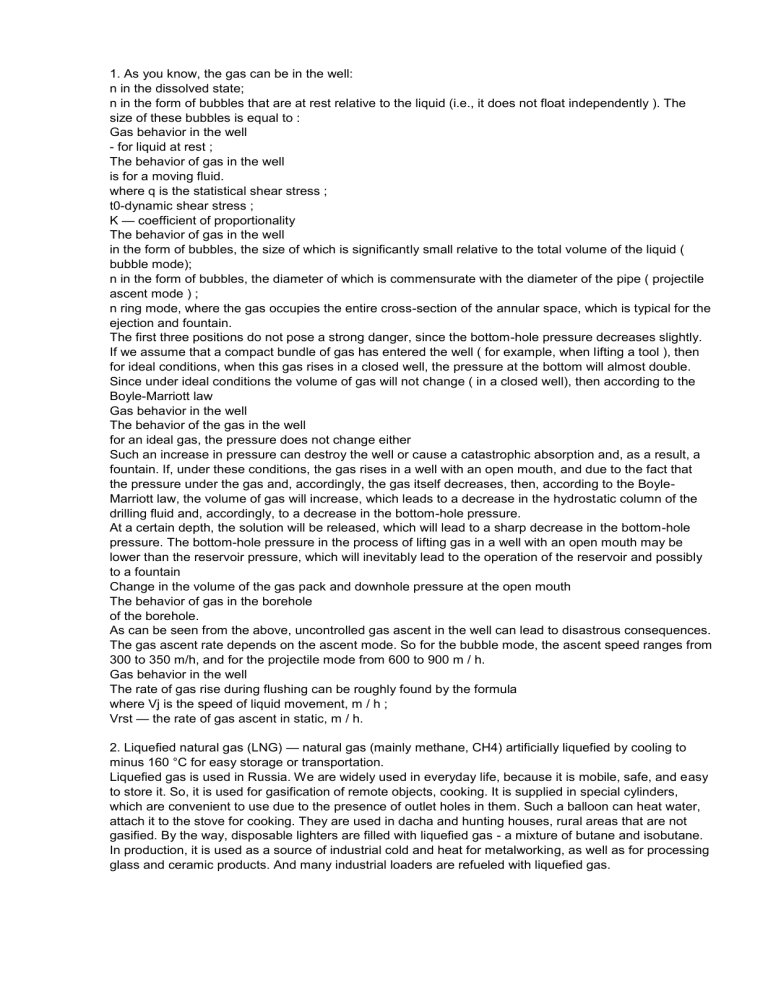
1. As you know, the gas can be in the well: n in the dissolved state; n in the form of bubbles that are at rest relative to the liquid (i.e., it does not float independently ). The size of these bubbles is equal to : Gas behavior in the well - for liquid at rest ; The behavior of gas in the well is for a moving fluid. where q is the statistical shear stress ; t0-dynamic shear stress ; K — coefficient of proportionality The behavior of gas in the well in the form of bubbles, the size of which is significantly small relative to the total volume of the liquid ( bubble mode); n in the form of bubbles, the diameter of which is commensurate with the diameter of the pipe ( projectile ascent mode ) ; n ring mode, where the gas occupies the entire cross-section of the annular space, which is typical for the ejection and fountain. The first three positions do not pose a strong danger, since the bottom-hole pressure decreases slightly. If we assume that a compact bundle of gas has entered the well ( for example, when lifting a tool ), then for ideal conditions, when this gas rises in a closed well, the pressure at the bottom will almost double. Since under ideal conditions the volume of gas will not change ( in a closed well), then according to the Boyle-Marriott law Gas behavior in the well The behavior of the gas in the well for an ideal gas, the pressure does not change either Such an increase in pressure can destroy the well or cause a catastrophic absorption and, as a result, a fountain. If, under these conditions, the gas rises in a well with an open mouth, and due to the fact that the pressure under the gas and, accordingly, the gas itself decreases, then, according to the BoyleMarriott law, the volume of gas will increase, which leads to a decrease in the hydrostatic column of the drilling fluid and, accordingly, to a decrease in the bottom-hole pressure. At a certain depth, the solution will be released, which will lead to a sharp decrease in the bottom-hole pressure. The bottom-hole pressure in the process of lifting gas in a well with an open mouth may be lower than the reservoir pressure, which will inevitably lead to the operation of the reservoir and possibly to a fountain Change in the volume of the gas pack and downhole pressure at the open mouth The behavior of gas in the borehole of the borehole. As can be seen from the above, uncontrolled gas ascent in the well can lead to disastrous consequences. The gas ascent rate depends on the ascent mode. So for the bubble mode, the ascent speed ranges from 300 to 350 m/h, and for the projectile mode from 600 to 900 m / h. Gas behavior in the well The rate of gas rise during flushing can be roughly found by the formula where Vj is the speed of liquid movement, m / h ; Vrst — the rate of gas ascent in static, m / h. 2. Liquefied natural gas (LNG) — natural gas (mainly methane, CH4) artificially liquefied by cooling to minus 160 °C for easy storage or transportation. Liquefied gas is used in Russia. We are widely used in everyday life, because it is mobile, safe, and easy to store it. So, it is used for gasification of remote objects, cooking. It is supplied in special cylinders, which are convenient to use due to the presence of outlet holes in them. Such a balloon can heat water, attach it to the stove for cooking. They are used in dacha and hunting houses, rural areas that are not gasified. By the way, disposable lighters are filled with liquefied gas - a mixture of butane and isobutane. In production, it is used as a source of industrial cold and heat for metalworking, as well as for processing glass and ceramic products. And many industrial loaders are refueled with liquefied gas.
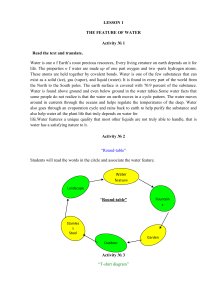

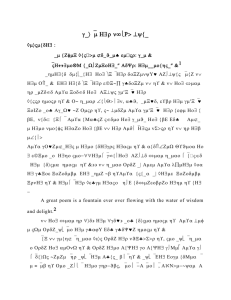
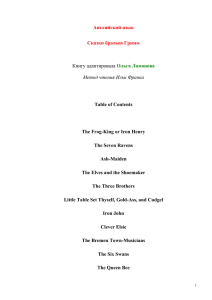


![The dictionary of body language [ENG]](http://s1.studylib.ru/store/data/006253876_1-cea408df18d074d3b40de69afd3af8ab-300x300.png)
